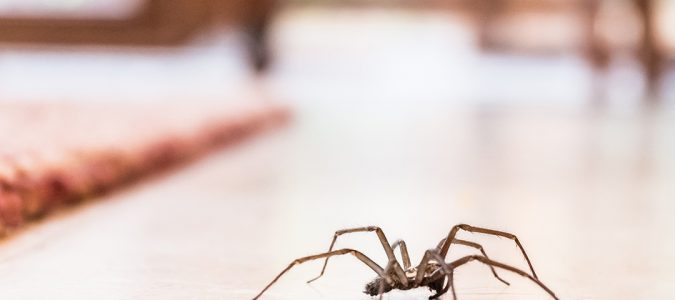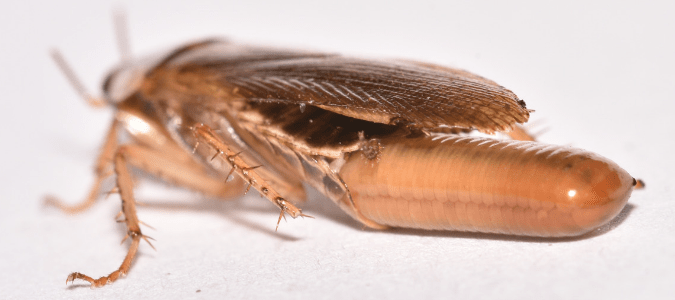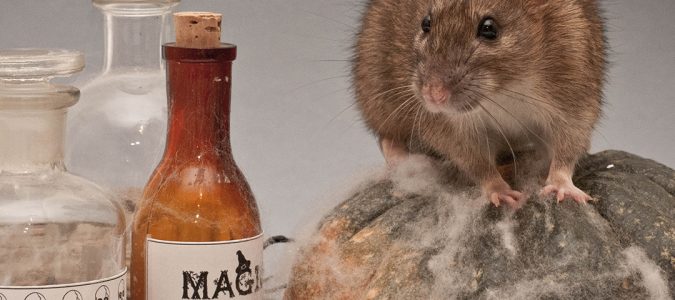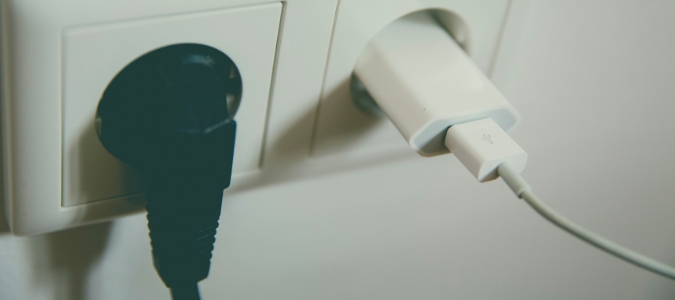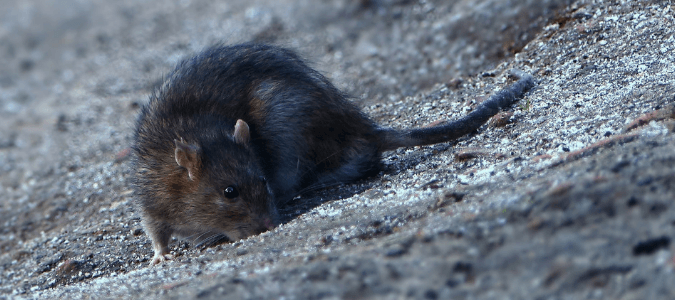What Do Grubs Eat? How To Avoid Common Lawn Problems

You used to have a great lawn. From the street, your yard was lush and green, with grass blades that swayed in the wind and glistened with dew in the morning.
Then, one day, you started noticing that patches were beginning to get thin. There were even brown patches.
What in the world was happening?
This isn’t a simple question to answer, because as any lawn expert will tell you, there are a number of possible culprits.
One of the most common lawn pests is grubs. Grub worms are common destroyers of lawns across America, and the south is no different—except that these critters tend to prefer warm-weather lawns. If you want to keep your yard healthy and looking good, you need to watch out for grubs.
What do grubs do that makes your lawn look thin and patchy? The short answer to this question is that these pesky critters eat it.
Exactly what they eat … Read Full Post »

